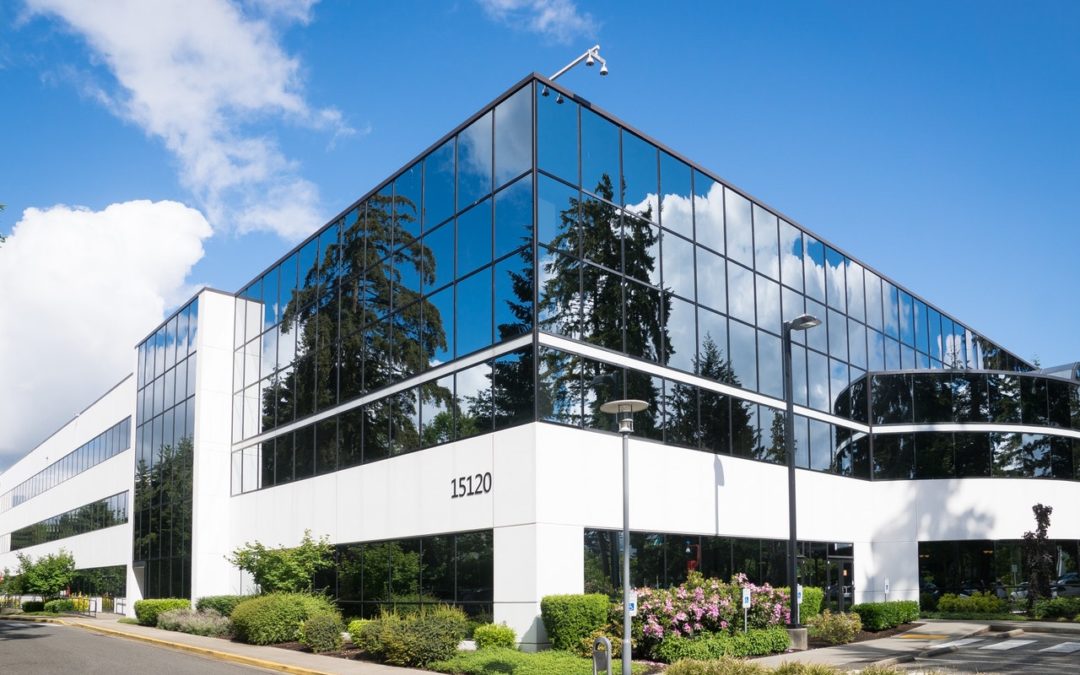Community Banks Are Going Digital
Community banks in recent years have been finding themselves having to come to terms with a considerable number of issues. Advancing technology has opened new doors to what’s possible for both banks and customers, and it’s on community banks to do everything they can to remain current and competitive.
The COVID-19 pandemic ushered in a significant shift in how individuals view and interact with banks. To stay competitive with larger banks, community banks need to adopt new technology that can enhance the customer experience both in the sense that it provides convenience and efficiency but also the personalization that makes community banking so vital.
Community Banks To the Rescue
During the pandemic, most community banks stepped up to the challenge. They maintained a financial lifeline between people and businesses and played an essential role in administering the Paycheck Protection Program. These actions helped many small and medium-sized companies get through the difficulties of the pandemic and keep employees on the payroll.
In particular, many community banks deserve special credit for how quickly they adapted to employee and customer safety and remote work while simultaneously keeping critical communications open. Moreover, when banks were forced to close their doors, community banks discovered and employed new ways to interact with customers.
Technology played a significant role in this development. Online and mobile banking exploded, and video-tellers became a more familiar sight and experience. While these trends had already started before the pandemic, the pandemic is mainly responsible for how quickly they grew over the past few years. It doesn’t end there.

Examining Core Practices
While many COVID-19 protocols are coming to a close, customer habits have irrevocably changed. Customers have greater expectations as to what their banks can offer them, and it is on community banks to meet those expectations, whether for security, convenience, or efficiency.
Doing so will increase customer engagement and build loyalty.
The first step is examining your bank’s core practices. Are they up to the challenge of effective digital transformation?
Most community bank managers already realize how digital transformation is essential for success and sustainability. But unfortunately, many still lean on rapidly aging concepts and technology. As a result, community banks must adjust their operations to focus more on the user experience to stay relevant and valuable.
Community banks can choose from any number of cost-effective service changes with ease and little risk or inconvenience. The goal is to provide customers with secure options to complete crucial tasks remotely, such as financial transactions, credit checks, electronic signatures, loan applications, and account management.
All of these can go a long way in increasing engagement and loyalty.

Digital Banking Solutions
Topping the list of services community banks can provide customers is secure online and mobile banking options. While transactions are likely the most common online activity, this should also include other everyday banking operations such as managing loans, payroll, and more.
Digital banking solutions should focus on the following criteria:
- Convenience – Reliable, seamless access to a full range of banking activities.
- Extended Service – Additional consumer-centric services such as eSignature, auto-archiving, financial analysis, and other productivity options.
- Consistency – Maintaining both brand appearance and familiar interfaces.
- Compliance – Meeting and, at times, exceeding all regulatory and security expectations.
A Plan For Digital Transformation
How can your community bank prepare and implement digital transformation?
At L. Michael Wofford Consultants & Advisors, we can guide you through the entire process. Our consultants can help examine your current core systems and determine your future needs. We can then offer practical plans on how to move your bank into the digital world.
Call our office today for more information. 704-907-8501


